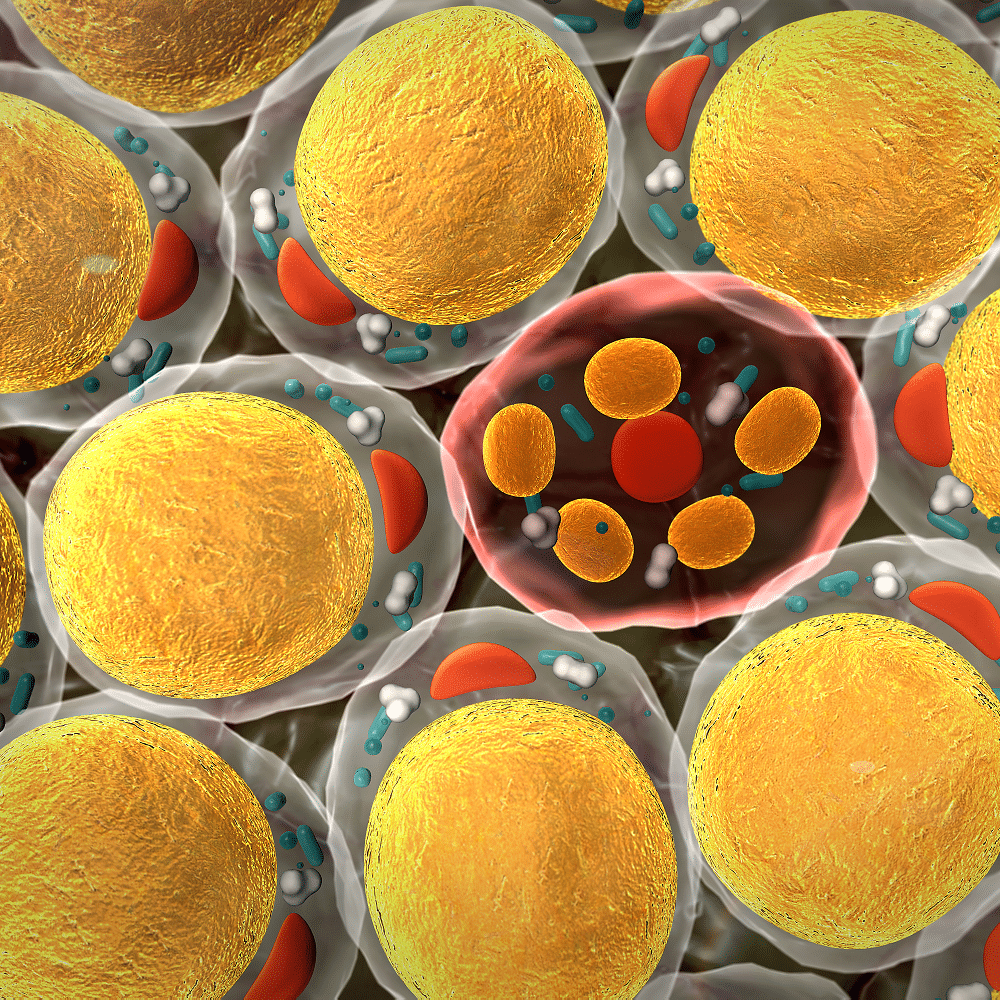A team of researchers conducted a study suggesting that there is a link between the severity and frequency of occurrences caused by the bacterium clostridium difficile to the commonly used food additive trehalose.
One of the most common causes of infectious disease related death in the USA is clostridium difficile according to the Center for Disease Control and Prevention. In 2015 there were a reported half million infections and an estimated deaths directly linked to clostridium difficile.
Patients above the age of 65 having the greatest risk for clostridium difficile infections, these infections cause life threatening diarrhea and inflammation, with infections occurring mostly in individuals who have received antibiotics and medical care. Clostridium difficile lineages which are non-epidemic are also characterised with fluoroquinolone resistance.
In order to find the connection between the ability to metabolize low levels of trehalose and achieve increased disease severity the researchers investigated food sources preferred by RT027 and RT078 using mouse model and found it was possible to grow on levels of trehalose that are close to 1000 times lower than those that are required by other strains of these bacteria, which is beneficial to RT027 and RT078. The team found that RT027 and RT078 have genes with the ability to utilize trehalose as a food source, by using trehalose as a food source each strain becomes highly efficient and evolves independent mechanisms to make use of this sugar.
The mice were given a strain of the RT027 clostridium difficile along with a diet either with or without low trehalose levels in the trial. Diet did make a difference to the virulence of the infection, which is suggested by the results showing that the group that had consumed a diet that included trehalose showing a higher rate of mortality. The severity in which the disease increased with the presence of trehalose could not be explained by the mice having higher levels of bacteria, instead the disease was worsened by higher levels of toxins produced by RT027.
Along with similar studies conducted previously, this study serves to provide evidence towards the contribution of dietary trehalose to the predominance of clostridium difficile lineages and adding to their virulence. It also calls for the further investigation of the effects of trehalose in the diets of patients in the hospital with RT027 and RT078 outbreaks.
Genetic factors that were needed to assist these bacteria to metabolize trehalose and enhance the ability to produce toxins were present before the outbreaks began. The team discovered that in 2000 trehalose was approved to be used as an additive in a wide variety of foods from vegetables to ice cream to sushi. Reports of outbreaks began to increase within 3 years after the approval to be used as an additive in foods. According to the researchers there may be other contributing factors to the outbreaks, but trehalose is a main key trigger.




